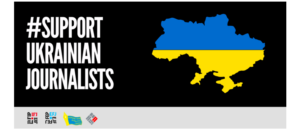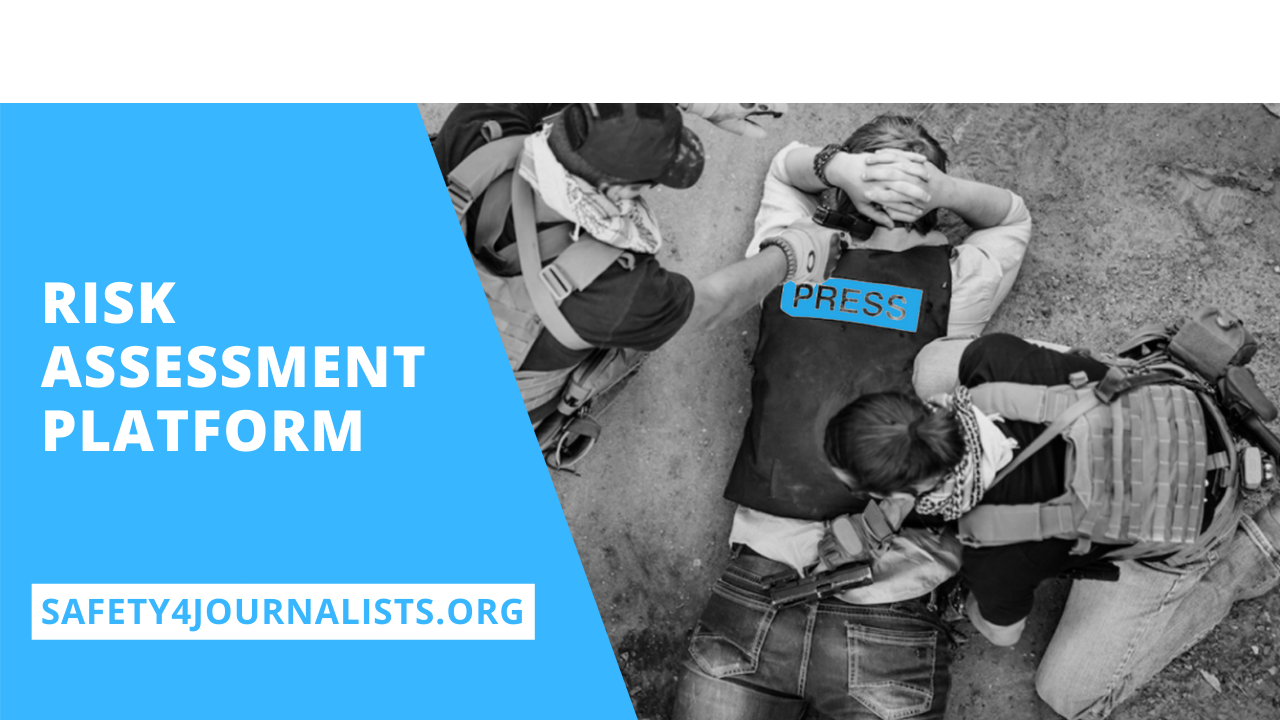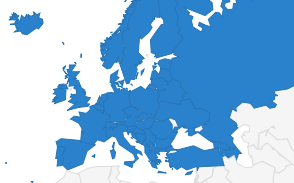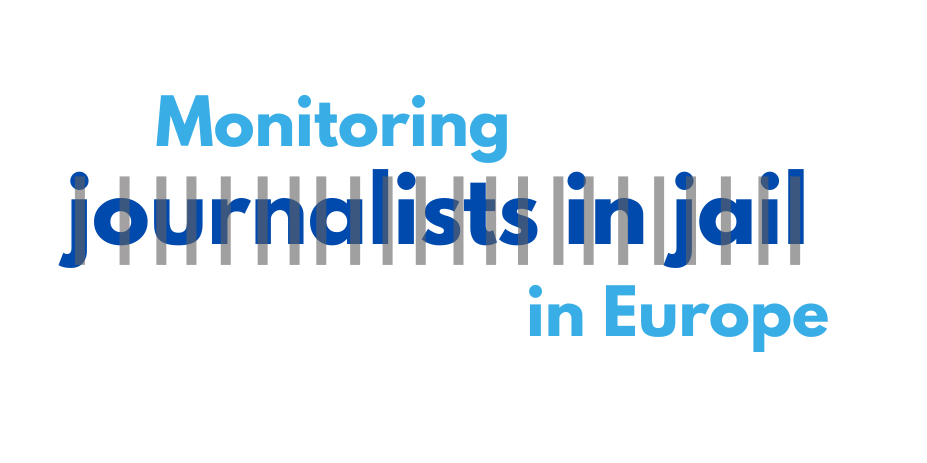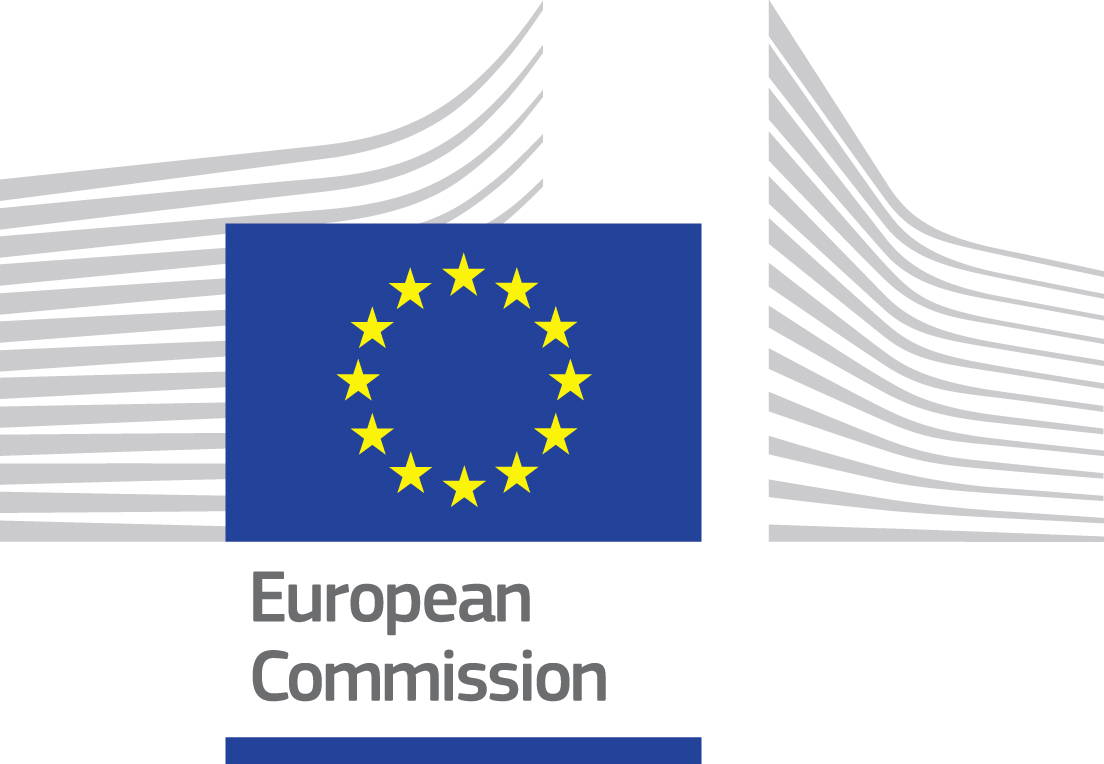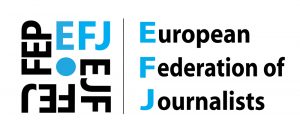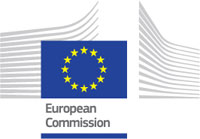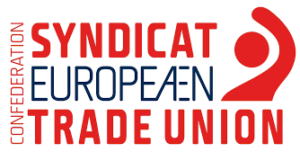Greece: Bridging the gap between journalism and active citizenship
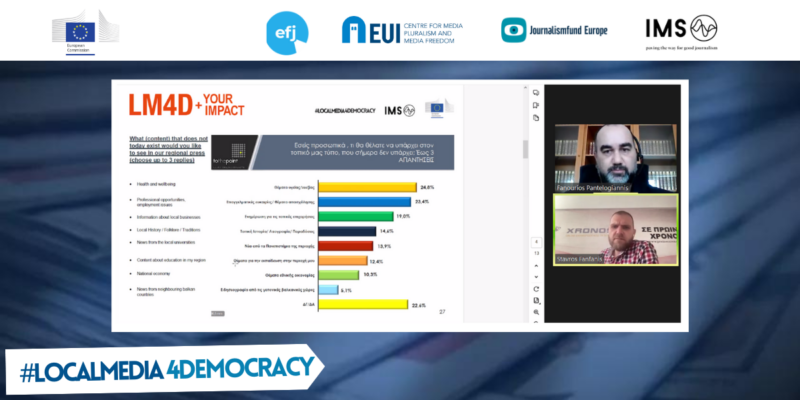
A Greek media outlet based in one of Europe’s poorest regions has adapted its business model and editorial line to become more attractive to young and old alike. Xronos Media Group, which operates in the regional unit of Rhodopi (Eastern Macedonia and Thrace region), with a population of around 105,000, aims to promote the importance of local media in the daily lives of this declining and aging population, with the ambition of inspiring better informed and more active readers and citizens.
“We are happy to see how, in media with a long-standing tradition such as Xronos, both the ownership and the journalists remain motivated to genuinely interact with the communities they are trying to give a voice to,” says Yannis Kotsifos, director of the Journalists Union of Macedonia and Thrace.
In the last decade, Xronos has had to adjust to the particularly difficult situation for journalists and media outlets in Greece, which has been suffering economically since the 2008 financial crisis.
“Our goal with the LM4D project was to find out who our real audience is and what people want from us,” explained Xronos CEO Stavros Fanfanis. “This market research is one of the best things we’ve done in years as it opened our eyes to understand our audience’s real needs.”
The media outlet decided to focus the survey on young students, since Rhodope is a university town, and people above 65 years old, given that many of them live in remote areas with limited access to information. Their target was to receive 1,000 responses, and they just about reached it. “We plan that the research takes place once a year,” said Fanfanis. “It’s our new basic business tool.”
The survey findings came with some surprising results, such as readers stating that they wanted more content on health and wellbeing. What the Xronos team certainly was not expecting was for the majority of readers across all age groups and genders stating that they would rather buy a local newspaper from a kiosk than reading it for free online.
This project was executed with the support of a subcontracted business consultant, Fanis Pantelogiannis. “We were lucky to have Fanis as he passed on the information from the LM4D technical workshops to the right people and adapted it to help them understand,” explained Fanfanis. “This has been very useful for Xronos,” Pantelogiannis told us. “They have really changed the content of the newspaper – there was not even one category from the survey responses that they didn’t incorporate in the newspaper.”
“Xronos has conducted a very comprehensive audience research with LM4D grant with very interesting findings,” said Iryna Vidanava, LM4D media business viability expert. “The editorial team immediately started applying some of them to its editorial and audience engagement policies, which is already giving promising results. This is a great case of how understanding the audiences can increase reach and business sustainability.”
The LM4D Media Funding Scheme selected 42 grantees to receive funding for projects that sought to serve audiences in areas at risk of becoming news deserts. Many local journalists and newspapers struggle fulfilling the requirements of private investment such as this programme along with their normal work. Xronos Media Group employed a smart strategy that allowed the journalists and media owners to carry out their core operations while a subcontracted business consultant took on the additional project work.
Understanding how local journalists and media outlets need to adapt to common challenges and complexities in the EU media environment is the key focus of the upcoming LM4D Festival, which will take place in Brno, Czech Republic, on 17 – 18 June. Most of the LM4D grantees will be present to network with media experts, other local journalists and policymakers.



